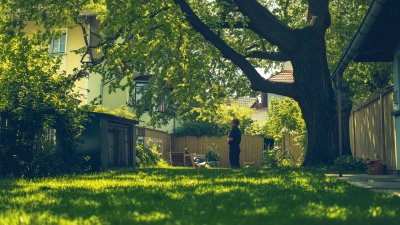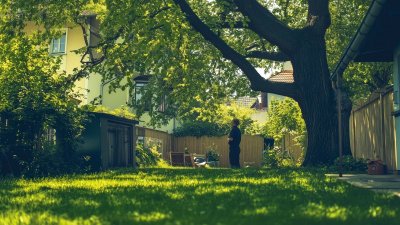A green privacy screen to the neighbor can look idyllic - but quickly becomes a point of contention if hedges are too high, branches too long or distances too small. Anyone concerned with border planting should therefore be careful not only in terms of design, but also legally.
Distance rules of the federal states
Depending on the federal state, different minimum distances from the property boundary apply - depending on the type of plant and its expected growth height. In many regions, the higher the plant, the further it must be from the boundary. Violations can result in pruning or even complete removal.
Care and pruning as a duty
Even if the tree or hedge is on your own property, overhanging branches or roots must be trimmed back regularly - at least if they protrude onto the neighboring property. Failure to do so can lead to claims for damages, for example in the event of light deprivation or leaf pollution.
Observe limitation periods
Neighbors do not have to live with unpermitted planting forever. However, if no action is taken, claims for pruning usually expire five years after planting. After that, the planting can no longer be contested - even if it was actually unlawful.
Agreement is the best solution
Disputes can often be avoided if a discussion is sought before planting. A joint solution or simple coordination can prevent later conflicts - especially with long-growing trees and shrubs.
Conclusion
Border planting is not just a question of taste, but also of good neighborly relations. If you keep an eye on the distance, height and maintenance - and communicate this early on - you can create green oases without endangering the peace of your home.
© immonewsfeed




